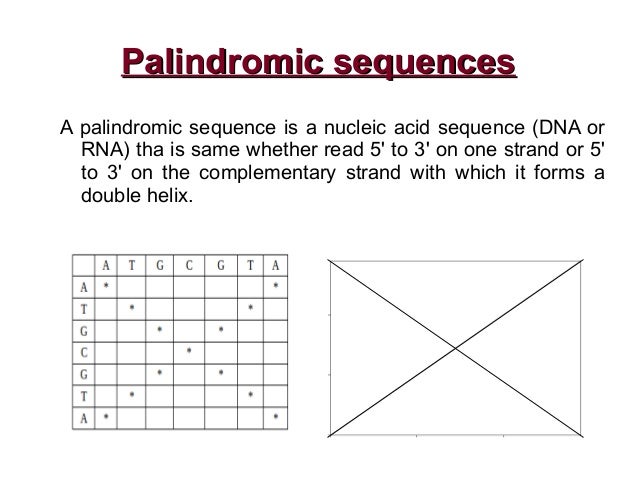

These enzymes are routinely used for DNA modification in laboratories, and they are a vital tool in molecular cloning. Over 3,000 of these have been studied in detail, and more than 800 of these are available commercially. More than 3,600 restriction endonucleases are known which represent over 250 different specificities. Together, these two processes form the restriction modification system. Inside a prokaryote, the restriction enzymes selectively cut up foreign DNA in a process called restriction digestion meanwhile, host DNA is protected by a modification enzyme (a methyltransferase) that modifies the prokaryotic DNA and blocks cleavage. These enzymes are found in bacteria and archaea and provide a defense mechanism against invading viruses. To cut DNA, all restriction enzymes make two incisions, once through each sugar-phosphate backbone (i.e. Restriction enzymes are commonly classified into five types, which differ in their structure and whether they cut their DNA substrate at their recognition site, or if the recognition and cleavage sites are separate from one another. Restriction enzymes are one class of the broader endonuclease group of enzymes. A restriction enzyme, restriction endonuclease, REase, ENase or restrictase is an enzyme that cleaves DNA into fragments at or near specific recognition sites within molecules known as restriction sites.


 0 kommentar(er)
0 kommentar(er)
